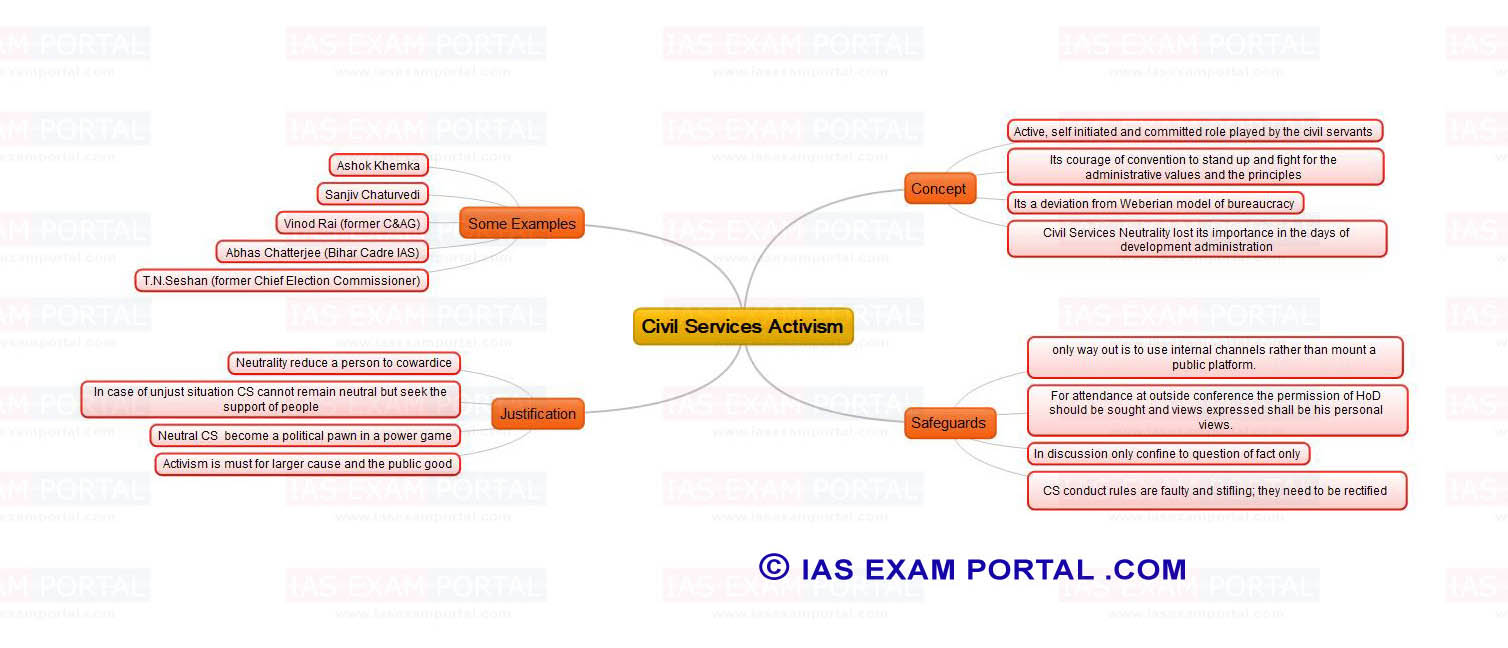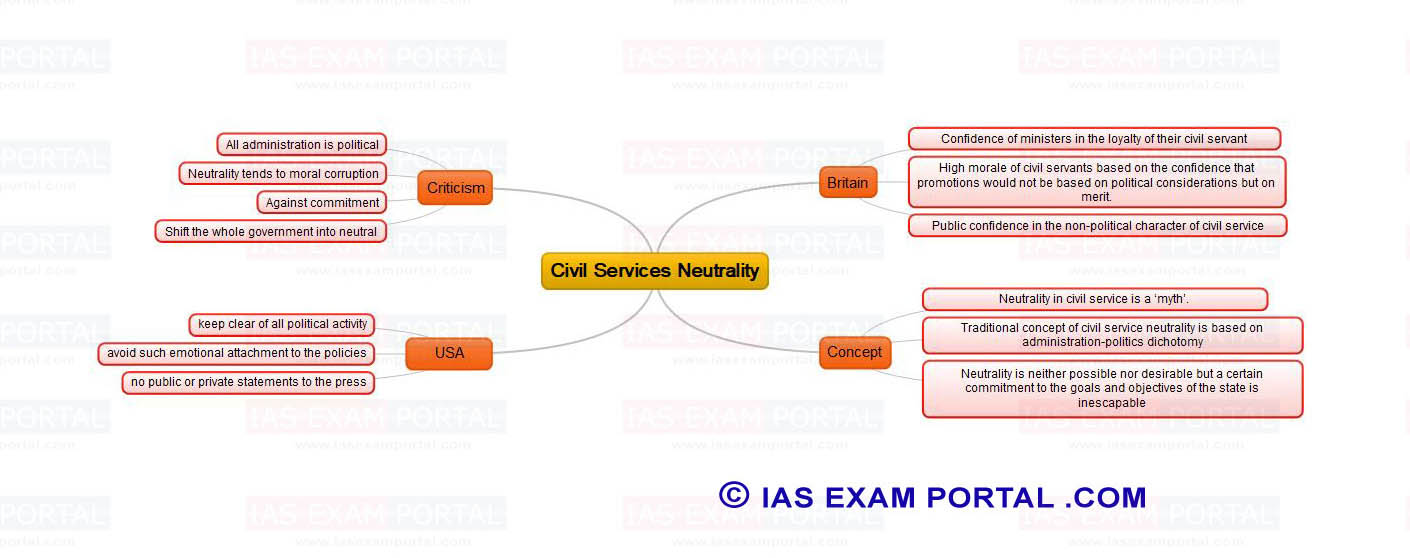GS Mains Model Question & Answer: Discuss in your own words
factor of attitude formation. Comment
Q. Discuss in your own words factor of attitude
formation. Comment
Model Answer:
Discuss in your own words factor of attitude formation.
The following factors have been identified as being responsible for attitudes
formation.
Need Satisfaction : Research studies on “Need Satisfaction”, reveal that we tend
to develop favourable attitude toward things which help us satisfy our needs.For
example, in an experimental study it was found that students developed
favourable attitudes toward those things which they viewed were instrumental in
the attainment of goal. But they had negative attitude toward things that were
of no use in goal attainment or which, hindered goal achievement.
Social learning : Process of learning affects the development of attitude and
the way an individual learns other forms of behaviour. Three processes of
learning affect development of attitudes and these are (i) Classical
conditioning (ii) Instrumental conditioning and (iii) Observational learning.
These are being discussed below :
Classical Conditioning : According to classical learning a neutral stimulus
comes to elicit an unconditioned response when repeatedly paired with an
unconditioned stimulus.
Instrumental Conditioning : According to this theory of learning states, we
learn those responses that are rewarded and show an increased probability of
repeating such responses.
Observational learning : A number of behaviours are learned by - watching the
activities of others and the outcome of such activities.
Group Affiliations : An individual adopts the values, norms, opinions, beliefs
and way of behaviour in order to become an acceptable member of that group,
because following the line suggested by the group is rewarding.
Besides group
exerts pressure for conformity to group and nonconformity is met with
punishment.
Cultural Factors : Cultural factors also affect the development of attitudes.
Every society has its culture and every culture has its traditions, norms,
values, religion etc. Thus socialisation of every person is affected by the
cultural factors of that society. .
Personality Factor : Attitudes which are in consonance of personality traits are
acquired easily.
Stereotypes : Stereotypes are simple generalised expectations about people of
other groups. For example, it is believed that women as compared to men are more
religious and suggestible, it leads to development of certain attitudes towards
women.








